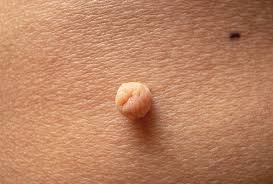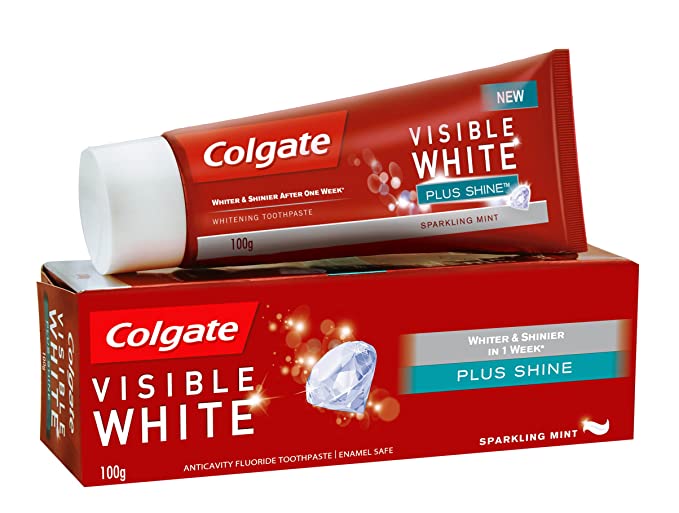When a tiny flap of loose skin forms on your body, it can become an annoyance, especially if it gets caught on clothes or jewelry or it grows in a place other people can see.
You could make an appointment to have it removed or visit a drugstore to buy one of a half-dozen products to freeze or dissolve it. But it would be so much simpler if you could use a product you already have on hand, like toothpaste, to get rid of that skin tag.
Before you glob a minty mound of toothpaste on the offending spot, take note: Health experts say using toothpaste (or any other home remedy) to remove skin tags at home isn’t a good plan. Here’s why.

Skin tags, or acrochordons, are noncancerous lesions that can grow in folds of skin, such as your underarms, groin area, or neck.
They’re usually made up of a combination of skin cells, collagen fibers, nerve cells, fat, and blood vessels. They’re often attached to your skin by a thin cylinder called a stalk.
Skin tags can be the color of your skin, or they can be red-toned. Sometimes they grow into a flap-like formation — hence the name.
Around 50 to 60 percent of adultsTrusted Source develop them, usually after the age of 40. In rare cases, skin tags can form in a ring pattern around the neck.
Obesity, diabetes, metabolic syndrome, and the human papilloma virus (HPV) are all associated with a higher likelihood of skin tag formation.
Skin tags aren’t cancerous. They don’t pose a health risk, and there’s no medical need to remove them. Still, lots of people don’t like the way skin tags look and feel and consequently, want them to go away.

People use toothpaste for all sorts of health-related purposes, from shrinking pimples to treating bug bites. There’s no scientific evidence, however, that toothpaste effectively or safely removes skin tags.
The American Academy of Dermatology recommends that you consult a physician to have a skin tag removed. The biggest benefit of seeing a doctor is to have the lesion checked, just to be sure it isn’t a form of skin cancer.
While it’s certainly possible to use home remedies or over-the-counter products and devices to take off skin tags, at-home removal carries some risks. Infection, scarring, and excessive bleeding can all happen if skin removal procedures don’t go as planned.
And if your skin tag is located in or near a joint, scarring could affect your mobility. Although the risk is small, you could also damage a nerve in the process, leading to longer-term pain.
Watch Video:
Source: Healthline









Be the first to comment